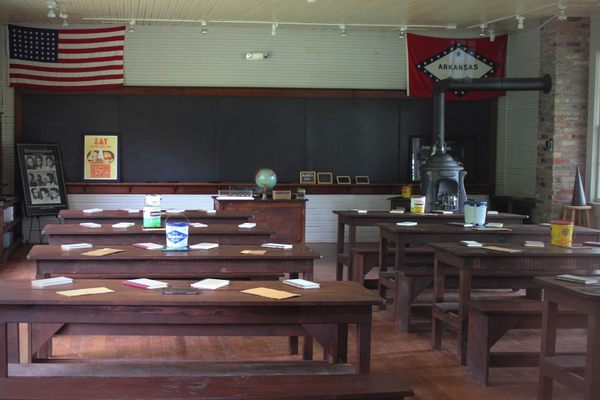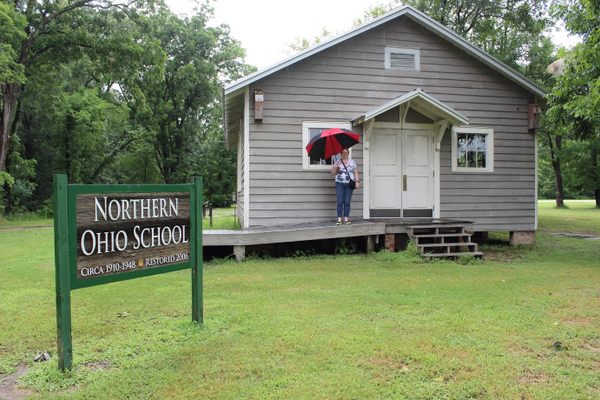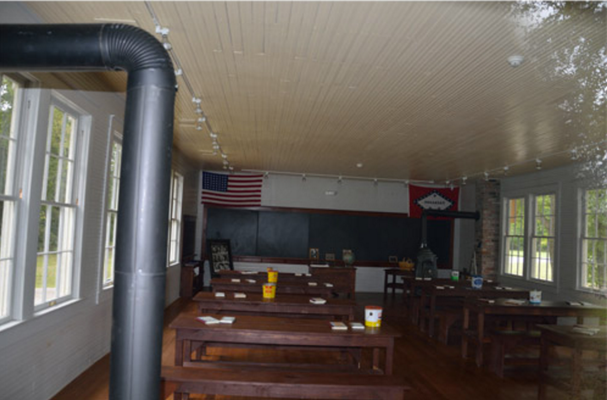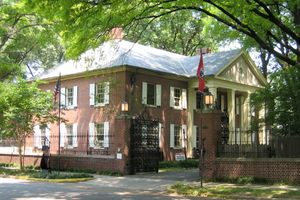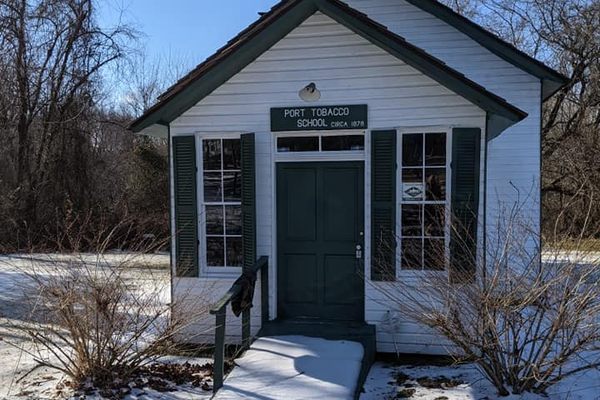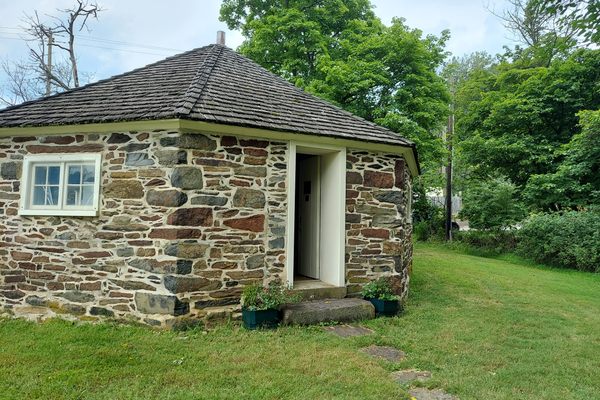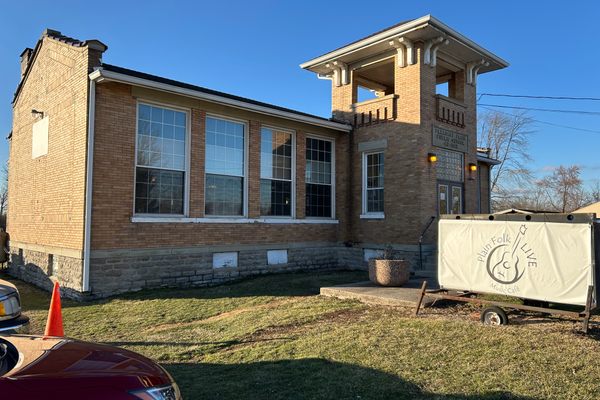About
In the early 1900s, most Arkansas children received their educations in one-room schoolhouses, many of which were located in rural areas. The Northern Ohio School is the only remaining one-room Black schoolhouse in Parkin, a small town in Cross County.
The population of Parkin boomed in the early 20th century thanks to the burgeoning lumber industry. Local sawmills, such as the Northern Ohio Cooperage and Lumber Company, were the primary employers. A community built up around the Northern Ohio mill site on the St. Francis River, known as the "Sawdust Hill Community." The lumber company built schoolhouses for the children of its sawmill workers, three-quarters of whom were Black men. In 1920, the Northern Ohio School was constructed for the children of Black workers.
The wood-framed, one-room schoolhouse, clad in clapboards with a corrugated metal roof, was built next to the northern boundary of the prehistoric American Indian village site, which was in easy walking distance of the mill community. The school taught students from the first through the eighth grade, until it was shuttered in 1948 following the closure of the Northern Ohio Cooperage and Lumber Company.
The building was eventually repurposed as a private residence, which it remained until the 1990s when it narrowly escaped demolition. While dismantling the interior of the home in preparation for demolition, workers found the Northern Ohio School hiding behind the walls. Plans for demolition were immediately cancelled and research began, along with a plan for restoration, which was completed in 2006.
By the beginning of World War II, there were 15 one-room and two-room schoolhouses. Today, the Northern Ohio School is the only one of these early structures still standing. The school has been restored to its original state in its final years of operation. Located just beyond the northern boundary of the Parkin Archeological State Park, it is listed on the National Register of Historic Places for its role in Black education.
Related Tags
Know Before You Go
Also accessible through Parkin Archeological State Park walking path. If visiting in the summer, be prepared for mosquitos
Published
June 16, 2016
